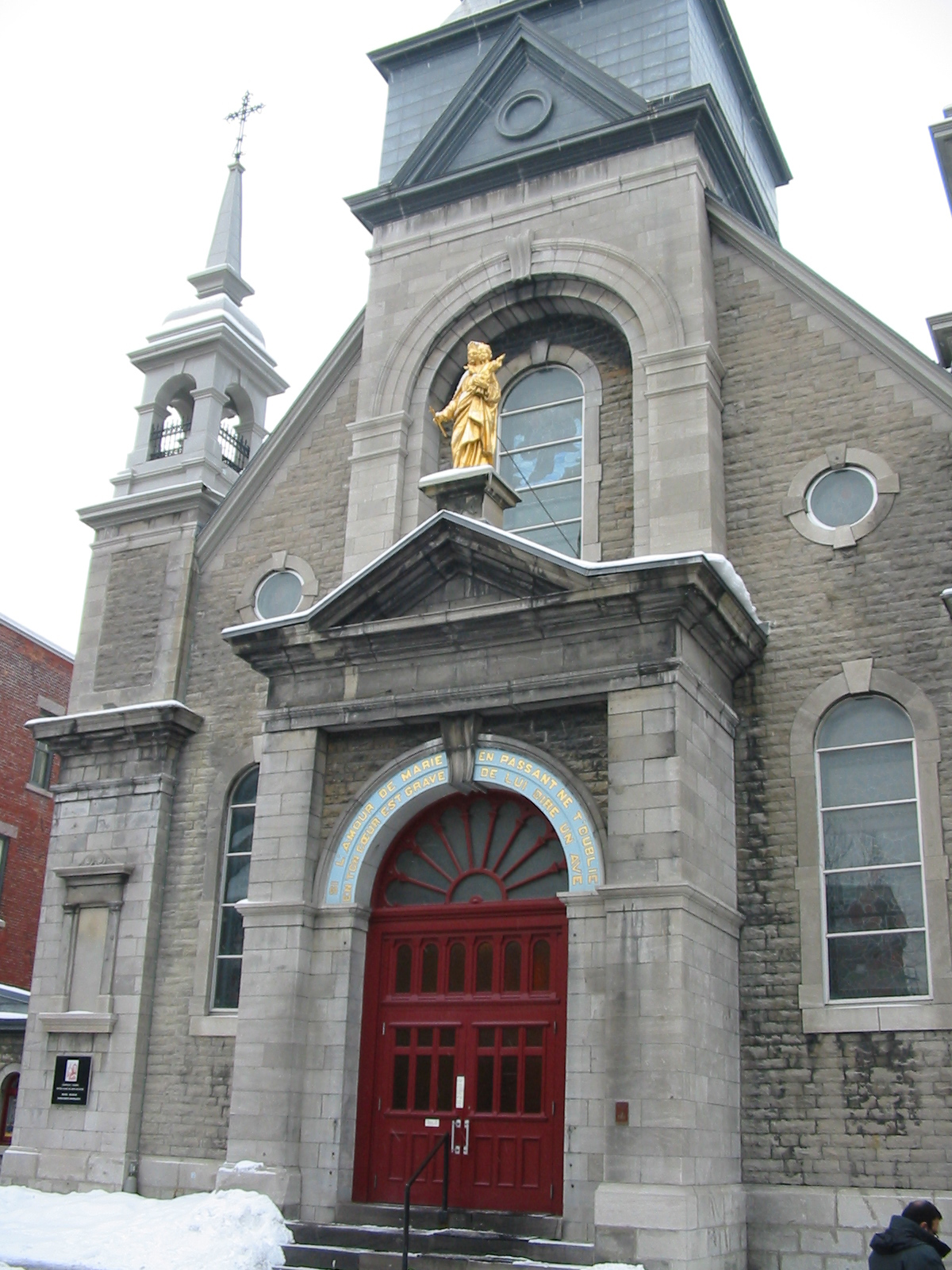Top 10 Churches of Montreal

Mark Twain once said about Montreal that you can’t throw a rock without breaking a stained glass window. At that point in time there was a huge number of churches scattered around the downtown Montreal area. While a lot of them have since been demolished, some were rebuilt elsewhere in parts of town.
Why so many churches? Montreal has long been a multicultural and multi-confessional city. Almost every other neighborhood thought they needed a parallel French and Irish Catholic church and quite frequently churches for United, Baptist, Anglican, and other Christian denominations too.
One more cause is the wide variety of Catholic religious commands that put down the heredity here. When the end of the 19th century came, Bishop Bourget invited a lot of French religious communities to create houses here in optimism of reducing the religious domination long held by the influential Sulpicians. Some churches were even built before having a parish assigned to them.
If you are interested in visiting the best churches of Montreal, this guide lists the top 10 for you.
Instructions
-
1
St-Joseph's Oratory
One of the most famous religious buildings of Quebec province, Saint Joseph's Oratory has long been among the ten best-known symbols of Montreal city. The sanctuary is also a main tourist attraction with two million visitors received annually. -
2
The Basilica of Notre-Dame de Montreal
Located in the center of the historical district of Montreal, actual Notre-Dame Church is the second one of the same name in the city; the first one was located just beside it and was destroyed to make room for this one, a street act of power from Sulpicians of this time. The construction of this church was a response to the new Saint-Jacques Cathedral. This also explains the church size, which was able to contain all the faithful of Notre-Dame catholic parish, in order to avoid parish sub-division. -
3
Centre de Services Saint-Enfant-Jésus
The Church of the Holy Child Jesus was inaugurated in 1857 by Bishop Bourget. It was built by architect Victor Bourgeau and a new facade was built according to plans by Joseph Venne in 1898. It recalls, in style, the baroque exuberance of Latin America. Indeed, over a seven-bay portico, inspired by Italian Renaissance, is one of the most exuberantly carved stone facades of Québec. In a pyramidal composition stacked in a delicate balance, arches, niches, pilasters, columns, medallions, and laces of stone to reach the pinnacle overlooking the baroque quarter. -
4
Church of St. John the Evangelist
With the Parish being established in 1861, St. John the Evangelist was built in 1878. Father Edmund Wood, the founder of the church is credited with the intdoduction of the Oxford Movement principles to the church and the Diocese of the city. The parish ot St. John the Evangelist was the first in the country to offer private confession and daily mass, and Quebec's first to reserve the Blessed Sacrament. -
5
First Presbyterian Church
The Presbyterian Church of Canada is a Christian community after the Reformation, which has more than 400,000 faithful in Canada. It is affiliated with the World Alliance of Reformed.
It has its origins in the 78th Frasers Highlanders Regiment, who came to the country following the British conquest of New France. It was mainly located in Nova Scotia and founded a Presbyterian College in Montreal. In 1925, one of its members joined the United Church of Canada. -
6
Union United Church
Persisted in the Church of the Union in the early days as a small group in a small black community in Montreal. The city's population of immigrants increased, it has overcome all the quarters of the group in a street of the mountain, and the Inspector Street, and moved to the current premises in 1916. The church edifice was built in 1899 as the church Methodist French. After it settled the Great War in the community, and grew, and perseverance by individuals and organizations, the new rising from the Union, and took the church on the additional roles of the nature of social services such as providing food, shelter, hospital beds and plots a cemetery for the needy, providing comfort and warm welcome. -
7
Paroisse De La Nativité church
The first building was inaugurated ten years after the parish was founded in 1867. However, the first building was subsequenly destroyed in a fire in 1921 and Father Georges-Marie, also known as LePailleur, set to rebuild it. The facade and the bell tower were recovered after the fire, and the tower is more than 80 meters tall. It has five bells today, with the heaviest being around 2500kg in weight. -
8
Cathédrale Marie-Reine-du-Monde
Ignace Bourget, the second bishop of Montreal, ordered the construction of a new cathedral to replace the old Cathedral of St. Jacques de Montreal, which was destroyed in the Great Fire of Montreal in 1852.
In 1857, thanks to a visit to Rome, Bishop Bourget decided to make his future church a reduced replica of the Cathedral of St. Peter's Basilica. The idea came from his secretary, Canon Joseph-Octave Paré. This choice would seal the attachment and Bourget was the pope. -
9
Saint-Ambroise church
The Church of St. Ambrose was one of the first outstanding works by Ernest Cormier. It was inspired by the pre-Romanesque architecture of northern Italy, including the plan and simple forms. The bell tower is evocative of the Campanile of San Marco in Venice and the facade and the walls of the church are covered with brown brick. -
10
Paroisses St-Alphonse (Youville)
A parish of Saint-Alphonse-de-Liguori in the neighborhood of Youville was founded in 1910. It is named after the founder of the Order of the Most Holy Redeemer (Redemptorists) to whom the parish is entrusted.
The first brick church, humble, was built in 1921 but the needs were such that only eight years later the first church was demolished and replaced by the present church. Indeed, in 1929, the people attending worship of the Most Holy Redeemer asked the architect Louis-Napoléon Audet to prepare plans for a very large church to be erected on the Boulevard Crémazie, east of the Boulevard Saint-Lawrence. This is a complex of 9700 square meters (104,372 square feet), it includes the church, the Chapel of St. Anne and the residence of the Redemptorist Fathers.







